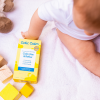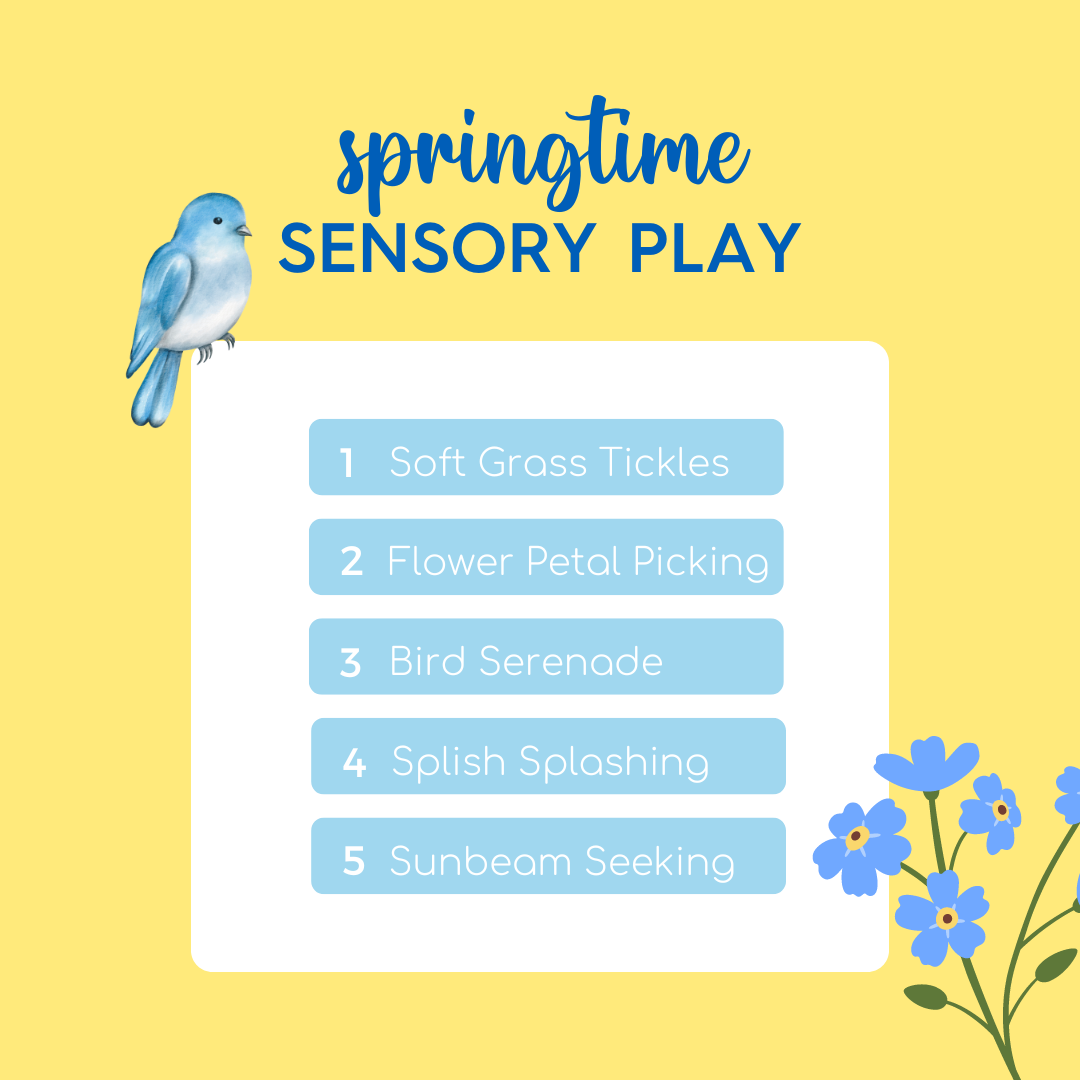How to Swaddle Your Baby

When your baby is a newborn, he or she loves anything that reminds them of their nine months in utero. Swaddling is a traditional practice that helps to soothe babies by keeping them snug and secure like they were in the womb. Babies are born with startling reflexes in their arms and legs when they are adjusting to the sounds and stimuli of the world around them. Swaddling prevents a newborn from startling and waking up.
The American Academy of Pediatrics (AAP) says that “when done correctly, swaddling can be an effective technique to help calm infants and promote sleep”. Having a baby that is calm and sleeps regularly is beneficial for a baby and his or her caretakers alike!
Is swaddling safe?
Swaddling a baby is safe if you follow the correct guidelines for hip-friendly swaddling. Always lay your baby down on their back when sleeping and avoid front and side positions to prevent sudden infant death syndrome (SIDS).
Here is a step-by-step method of instructions for swaddling your baby:
1. Use a blanket made of cotton or muslin. Because these fabrics are soft and stretchy, they prevent overheating and are easy to wrap your baby in.
2. Lay a blanket down on a padded surface in the shape of a diamond. Fold the top corner down on the inside of the blanket to make a flap.
3. Lay your baby face-up on the top edge of the blanket. The top edge of the blanket should fall below your baby’s head.
4. Move your baby’s left arm down by its side. Fold the left side of the blanket over the left arm and tuck it under the right side of your baby.
5. Fold the bottom of the blanket over your baby’s feet and tuck the edge into the left side that was just folded over.
6. Repeat the same method with the right side of the blanket.
7. Tuck in the loose ends of the blanket underneath your baby.
If you are a visual learner, watch this video on five different ways to swaddle your little one.
Sleep sacks are also a great substitute for swaddling if you can’t seem to get the hang of it. Sleep sacks are convenient as there is no wrapping involved. Simply zip or button up the sleep sack around your baby. We love this sleep sack that is 100% cotton, making it breathable and easy for sleep. Sleep sacks and swaddles are both easy to fit in a purse or diaper bag to take on the go.
More swaddling tips
Though swaddling is generally straightforward, there are a few tips you’ll need to remember to avoid swaddling mishaps.
• Be sure that the swaddle is not too snug as this can cause hip dysplasia. To test the swaddle, slide two fingers in between the swaddle and your little one’s chest. Loosen the swaddle if your fingers don’t fit.
• Check your baby’s temperature regularly when swaddling to make sure that they don’t overheat.
• Don’t swaddle your baby around their neck or shoulders. The head should never be swaddled.
• When someone else watches your baby, be sure to explain these safety tips for swaddling to know that they’re in good hands.
• If your baby doesn’t seem to enjoy the swaddle after a few attempts, don’t force it. Swaddling does not work for every baby.
• Most babies grow out of their startling reflex stage by three or four months. Once they’re older, your baby will start to resist the swaddle and want to move around more.
• As soon as your baby shows signs of rolling over, the transition away from swaddling. This could start as early as two months and as late as four months of age.
Try Colic Calm!
If swaddling doesn’t work to calm your baby, try Colic Calm! Colic Calm combines 8 safe and effective ingredients to gently encourage a baby’s body to heal itself in five minutes or less.
 Canada
Canada South Africa
South Africa UK
UK EU & Int
EU & Int Ireland
Ireland Australia
Australia Brazil
Brazil New Zealand
New Zealand













Comments